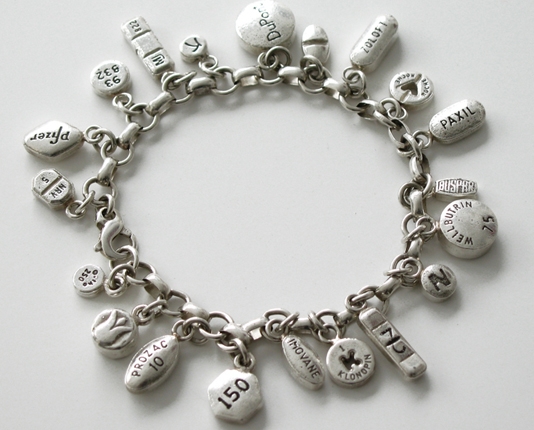Tate's aesthetic holds to a philosophy of practical and uncomplicated design married to quality and style. Having a clear understanding that nothing beats a face-to-face connection with your customers, designer, Steven Messler, is taking his show on the road.
Barneys New York, Beverly Hills
Friday, December 15, 2017
Barneys New York, San Francisco
Saturday, December 16, 2017
Barneys New York, Seattle
Sunday, December 17, 2017
Because he believes in the crucial nature of strong relationships, Messler schedules trunk shows throughout the year providing numerous opportunities to make connections. Trunk shows were first popularized by Bill Blass following World War II. They provide a unique occasion for both the designer and the customer to ask and answer critical questions; take the opportunity.
"Simplicity is the soul of modern elegance". Bill Blass





























